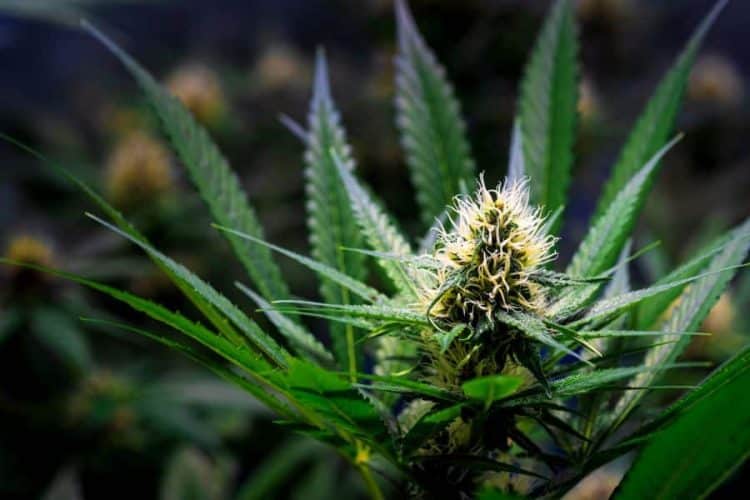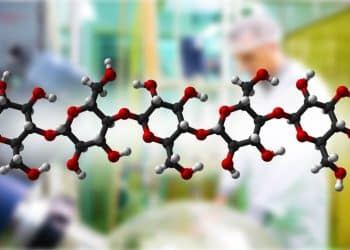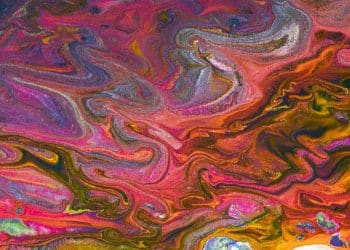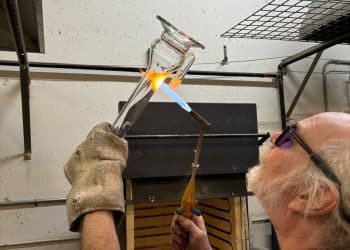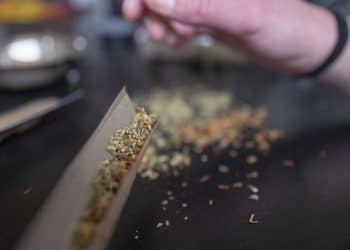Tetrahydrocannabinolic acid (THCA) is the precursor to tetrahydrocannabinol (THC), and it is the newest trend in cannabis extracts. THCA is not intoxicant as THC, but it converts to it through heat treatment undergoing the decarboxylation process. This compound has multiple benefits, and it may open new doors for the cannabis industry.
Why THCA over THC extracts
THCA extracts have a higher purity, no smell, and more versatility in terms of how it can be utilized compared to THC containing extracts. [1] THCA may have many health benefits including brain protective in the treatment for Parkinson’s or Alzheimer’s, anti-inflammatory properties, anti-tumor, appetite stimulant and anti-insomnia among others. Nevertheless more studies and clinical trials should be done in order to assess THCA potential. [2] Overall, THCA has similar benefits to THC, but without the undesired psychotropic effect.
How to Make THCA Extracts
The extraction method for THCA is similar to that of THC, but it avoids the decarboxylation step. [3] The cannabis plant matrix is mixed with a suitable solvent and it can be placed into a closed-loop system in order to extract the active compounds. To avoid using heat, a vacuum pump is employed at low temperatures to remove any excess of solvent. This concentrate can be left to crystallize to produce THCA isolate.
Using THCA
In order to exploit THCA potential benefits it is possible to consume raw cannabis inflorescences, mixing them into smoothies or to take THCA-based tinctures or edibles. Just remember that through heat, almost all the THCA will be efficiently converted into THC, producing the intoxicating effect. The strong aspect of THCA is that it can produce similar effects to its psychotropic counterpart without the unwanted “high” sensation.
References:
[1] Wohlfarth, A., Mahler, H., & Auwärter, V. (2011, October). Rapid isolation procedure for Δ9-tetrahydrocannabinolic acid A (THCA) from Cannabis sativa using two flash chromatography systems. Journal of Chromatography B, 879(28), 3059–3064. https://doi.org/10.1016/j.jchromb.2011.09.012 [Journal impact factor = 4.759] [Times cited = 33 ]
[2] Moldzio, R., Pacher, T., Krewenka, C., Kranner, B., Novak, J., Duvigneau, J. C., & Rausch, W. D. (2012, June). Effects of cannabinoids Δ(9)-tetrahydrocannabinol, Δ(9)-tetrahydrocannabinolic acid and cannabidiol in MPP+ affected murine mesencephalic cultures. Phytomedicine, 19(8–9), 819–824. https://doi.org/10.1016/j.phymed.2012.04.002 [Journal impact factor = 6.656 ] [Times cited = 69]
[3] Wang, M., Wang, Y. H., Avula, B., Radwan, M. M., Wanas, A. S., van Antwerp, J., Parcher, J. F., ElSohly, M. A., & Khan, I. A. (2016, December). Decarboxylation Study of Acidic Cannabinoids: A Novel Approach Using Ultra-High-Performance Supercritical Fluid Chromatography/Photodiode Array-Mass Spectrometry. Cannabis and Cannabinoid Research, 1(1), 262–271. https://doi.org/10.1089/can.2016.0020 [Journal impact factor = 4.786] [Times cited = 170]
Image: https://www.bigstockphoto.com/it/image-421055393/stock-photo-close-up-of-blooming-purple-kalini-asia-marijuana-plant-with-flowers%2C-cannabis-sativa-leaves%2C-marihu
